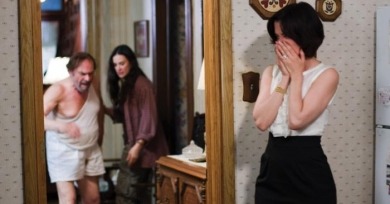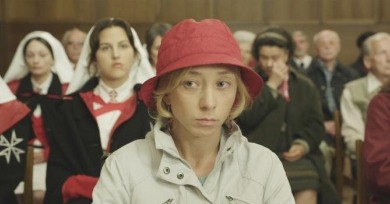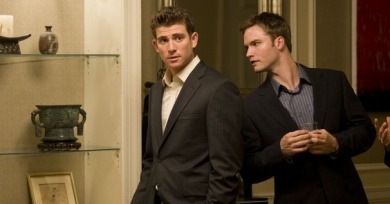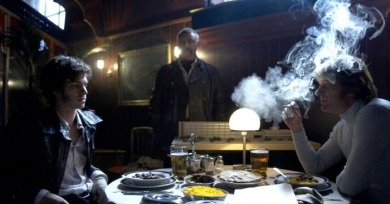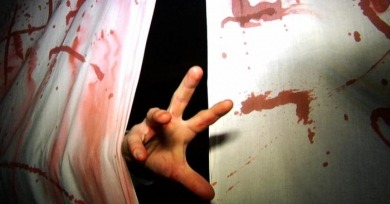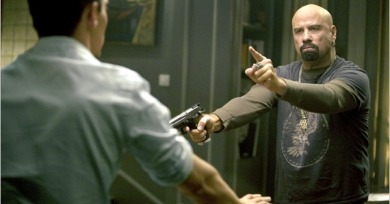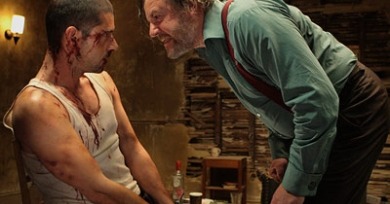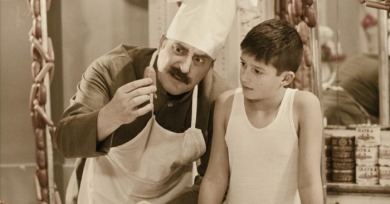Reviews
With the possible exception of the post-Tarantino crime thriller, has any genre been as good to American independent film over the past 20 years as the family dramedy?
Jessica Hausner’s Lourdes, a starkly designed inquiry into the nature of miracles, exists in a lineage of films that includes Alain Cavalier’s Thérèse, Jacques Rivette’s The Nun, Robert Bresson’s The Trial of Joan of Arc, and professed inspiration, Carl Dreyer’s Ordet.
Whatever suspense Julio DePietro’s The Good Guy seems to think it’s generating is predicated upon the supposedly surprising twist that its central Wall Street wannabe tycoon is not, in fact, a standup guy.
Each episode—1974, 1980, and 1983—casts its own particular pall over the twisted characters and inevitable tragedies, and each episode's director visualizes the story's sense of dismal and inescapable horror in his own way.
The people onscreen are uniformly engaging, but unlike so many other creators of these personal docs, Mosher and Palmieri wisely know that may not be enough
Following Taken, this second version of A Heavily Armed American in Paris exchanges the revenge architecture for cop buddy digs, though it never settles into them in a predictable way.
It’s so tempting to treat Eyes Wide Open as the preposterous melodrama that it easily could have been, but Tabakman manages to make a well composed, unemphatic, and fleet-footed drama out of the overheated material.
Ajami gets right to the tragic heart of the matter. Before the viewer knows what or whom he’s watching, a young boy is gunned down in the middle of a city street in broad daylight.
The feature debut from documentary filmmaker Nicole Opper, jumps right into the existential crises of its heroine, Avery Klein-Cloud, dispensing with the introduction of background information before delving into conflict.
About three quarters of the way through 44 Inch Chest, a battered and bloodied Melvil Poupaud, sitting handcuffed in a chair, looks at the camera for the first time. The expression on the art-house heartthrob’s face betrays fear, bewilderment, and possibly a tinge of regret.
The lineage of cinematic mountain climbing extends back to the films of the 1900s. These early efforts evolved into the hugely popular German Bergfilme of the Twenties, the Alpine equivalent of the American western.
Charles Darwin’s articulation of his theory of evolution by natural selection was less a discovery or invention in the sense that those words are typically used than simply the recognition of a fundamental order in the world we inhabit.
It feels likely at this point that we’ll look back on the last major release of the aughts as a watershed moment and feel that big budget entertainments were different post-Avatar. But how?
Memories are remnants of subjective experience, further skewed by time and the brain’s chemical disruptions. But a different sort of subjectivity is afoot when one’s memories are appropriated, conjectured over, and made material by someone else.
